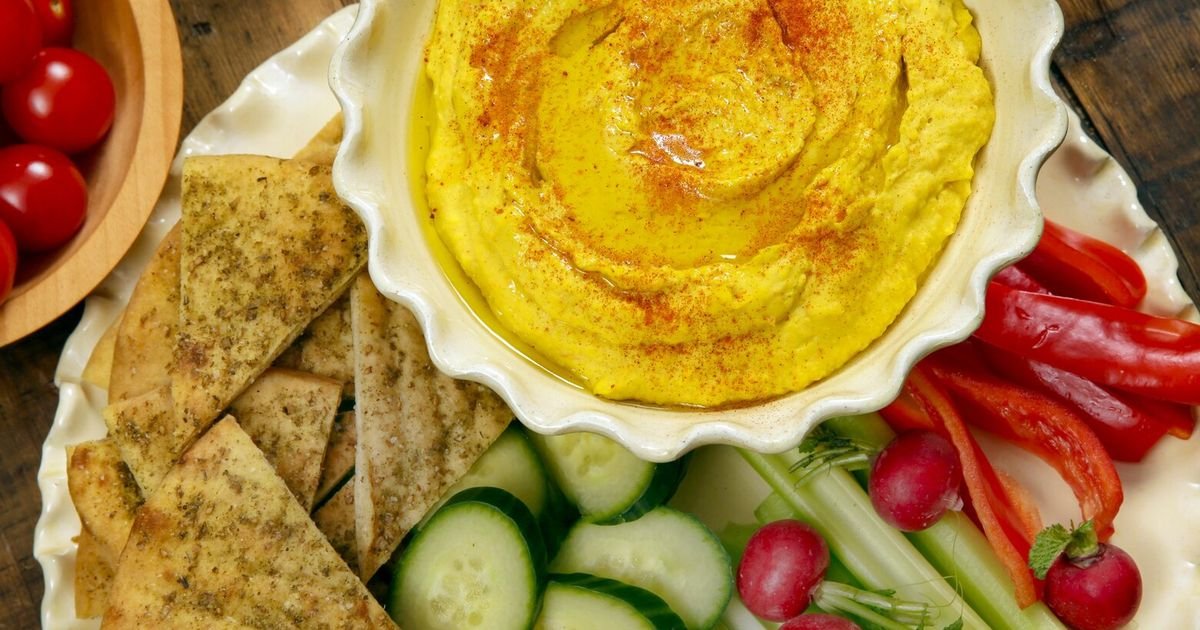About nutrition
The average American gets nearly a quarter of their daily calories from snacks, which roughly equates to an additional meal each day, and these snacks are often a significant source of added sugar. Recent research results have become a hot topic. Snacking has been on the rise for some time, but should we be concerned?
One thing is for sure. If snacking makes up a significant portion of his daily dietary needs, what he eats during snacking will have a greater impact on the overall quality of his diet than if he snacks very little. If you’re snacking on fruits, vegetables, whole grains, legumes, nuts and seeds, dairy products, or their equivalents, you’re getting important nutrients. (Note, as mentioned in a recent “Lean Protein” column, legumes include beans and lentils, but not soybeans. Soybeans are legumes.)
If most of your snacks are highly processed, meaning they’re high in fat, sugar, and sodium, and low in fiber and nutrients, you’re lacking in nutrients. In the short term, this may mean feeling less than your best. In the long term, this can lead to poor health.
Another snacking pitfall is snacking for reasons other than hunger. When someone tells me they feel like they need to snack less, it’s not because they’re snacking in the middle of a meal in a planned (or at least thought-out) way. That’s because their snacking usually feels haphazard, random, and sometimes compulsive.
If you find yourself snacking more to get something done, you might be snacking when you’re bored, procrastinating, or snacking all the time while looking at a screen. If so, it’s important to observe the pattern and look for activities other than food to meet those needs. A place to start. If you find yourself eating from the pantry or the office vending machine when you’re feeling stressed, sad, or anxious, you’re entering emotional eating territory. Yes, food probably makes you feel better temporarily. I’m sure you wouldn’t turn to food otherwise, but can you identify other behaviors that might bring you deeper peace?
On the other hand, if you legitimately need snacks to fill your hunger pangs between meals, consider whether those snacks can provide you with a nutritional boost.
Healthy, balanced snacks that provide important nutrients and staying power typically include fiber-rich carbohydrates, protein, and healthy fats. Examples include plain yogurt or cottage cheese and berries, apples and nuts or nut butter, hummus and raw vegetables, and whole-grain crackers and cheese. If you have something leftover from last night’s dinner that wasn’t quite enough, you can also turn it into a snack.
So, what is the “appropriate” amount for snacking? It generally depends on timing. There’s a big difference between eating lunch at noon and dinner at 7pm. If he wants a snack around 3pm or 4pm, he needs a slightly larger meal (maybe half the meal size) to last him until dinner. However, if he has an hour until the meal and the feeling of hunger increases, it is better to have a small snack to relieve the feeling of hunger. The goal is to be mildly hungry when you sit down to eat, rather than feeling ravenous.
In conclusion, snacks are neither “good” nor “bad.” It may be worth subtly observing why you’re snacking and what you’re snacking on, and using that information to decide whether you need to change your snacking habits.

